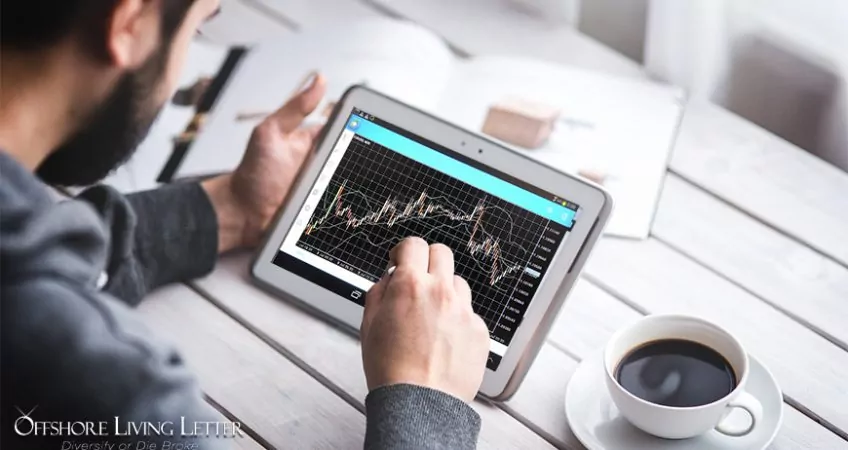
How To Use A Foreign Exchange Service (And Save Thousands)
What You Need To Know About The U.S. Dollar Post Last Week’s Election
Many who have been considering diversifying internationally are looking at the in some cases unprecedented strength of the U.S. dollar versus key currencies worldwide and thinking maybe it’s not such a good idea to sell dollars to buy foreign investments right now.
Just like stock investors who think about getting into the market when it’s posting record highs, they’ve got it backwards.
These past couple of years have been a buying opportunity for U.S. dollar holders in markets across Europe, Latin America, and Asia.
What about now, post last week’s election? h3
The current U.S. dollar rally is a resounding “Buy!” signal.
This is not the time to turn away from diversifying your wealth overseas. If you’ve got U.S. dollars to spend, this is the time to shop.
A colleague buys Canadian dollars on the dips and holds them in a bank account in Canada… then he spends his cheaper Canadian dollars when he’s in residence up north (which is several weeks over the course of each year).
Another colleague transfers money to Europe when he has extra U.S. dollars. He is saving up his cheap euros for a real estate purchase in France.
Buying on the dips can save you big time over time depending on how much foreign currency you’re looking to own.
Reducing the buy/sell spread can save you, too… especially if you’re planning a single transfer for the purchase of real estate and don’t have the luxury of waiting to buy on the dips.
Depending on the value of the transaction, using a foreign currency exchange service can save you tens to hundreds or even thousands of dollars compared with the rate available from your bank.
Foreign Exchange Transactions
I’m not talking about an FX trading account where you try to make money on currency fluctuations. You need a proper trading platform for that. What I’m talking about is more like an intermediary bank for your foreign exchange transactions that allows you to coattail the FX service’s better exchange rates.
A currency exchange service transacts millions or billions of dollars’ worth of currencies each day. They get the best rates available and pass them on to clients.
An exchange service is also able to match transactions more directly than a bank.
For example, if an FX service has someone looking to buy US$250,000 by selling euros and someone else selling US$250,000 to buy euros, they can match that transaction and give both parties a better rate while still making money as the intermediary.
This service works not only for one-time exchanges but can also be helpful with ongoing, regular transactions. If you have a mortgage in Europe and need to transfer a fixed amount of euros each month, you can set up a direct-debit transaction with an FX service. The service will deduct the required dollars from your account, exchange to euros, and then transfer the euros to your account in Europe or to your mortgage holder automatically.
When arranging for a monthly transfer like this, most services make it possible to lock in an exchange rate for some period up to, say, two years. Locking in your exchange rate for up to two years eliminates the uncertainty of having to calculate how many dollars you need in your account each month.
Of course, if you’re happy taking the risk each month or if you expect the currency in question to move in your favor, you’re not required to lock in the rate.
Setting up an account with a foreign exchange service is as simple as opening a bank account. The same basic information is required. Once your account is open, you can use the service as you need it with no minimum transaction requirements or ongoing expense.
You can learn more about the FX service company I work with here.
Lief Simon



